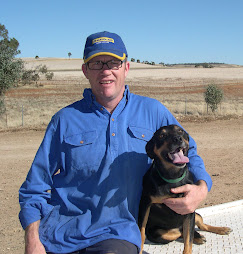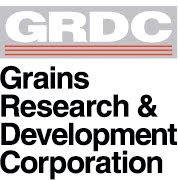Mexico By Graeme
Hermisillo is the capital of Sonora State. We were based in Oregon in the north. The major land use in the state is beef which accounts for 85% of the available land. The arable agricultural of which Wheat is a large component covers 700,000 ha and it produces 1.45million tonnes. The other major crops grown are Maize, Safflower and some vegetables. Of the Wheat grown in Sonora 66% is exported, 19% is used as feed grain and 15% is used for industry such as baking and pasta. Of the total hectares, Durum has overtaken Bread Wheat to become 75% of the total crop. As the average rain in Sonora is 300mm all of the crops are irrigated. The traditional way of irrigation was to use ponds around a small area. This was replaced with flood irrigation and later in raised bed. The more progressive farmers are now using underground drip lines.
AOASS
Our first meeting in Mexico was with the farmer group South of Sonora Association of Organism AC. This anachronism loses something in translation as it is the AOASS.
AOASS was started in1963. There were 7 regional organisations which mainly catered for the areas and commodities, and it was decided that to gain the most benefit the farmers wanted to have an over arching body that could coordinate the selling of grain and buying of seed and other inputs. To access these services each farmer pays a levy. The other organizations still exist.
The grain produced is still put into bulk storage which is owned by the regional groups, but it is marketed by AOASS in joint venture with Cargill.
Other activities conducted by AOASS are insurance and financing (loans and overdrafts). Also liaising with government, industry and with research institutions.
The main issues concerning their members include;
• Aquifer levels lowering
• Youth moving to cities
• Economies of scale
• Only allowed to own 100 ha. You need to rent / lease more if want to increase acreage.
The Mexican farmer growing farmers do not have straight subsides, but the crops that they grown have a minimum floor price, so they receive an assured value which will underpin their livelihood.
The Agricultural Research and Experimentation Board of the State of Sonora
PIEAES was our second meeting in Obregon. Manuel Rafael Valenzuela Gallegos is the Chairman of this group. It is again a farmer organisation, but the difference was that this group had a practical outlook with the foundation looking at promoting and researching good management practices and new varieties from CIMMYT and other research bodies.
1943 Dr Norman Borlaug came from the USA with the aid of a Rockefeller Grant to improve the production of the Mexican farmers.
1964 The Agricultural Research & Experimental Board of the State of Sonora was formed. The land was lent to CIMMYT and the PIEAES Foundation was formed. There is a voluntary levy of $1.25 / $1000/ha.
Now all of the land and building are owned by the farmers of Sonora State and gives an annual of support to CIMMYT of $US 325,000. Since the start of CIMMYT at Obregon the farmers have put into the Foundation and CIMMYT $US 10.5 Million.
PIEAES has a governing role to make sure the farmers money is being well spent. Their current focus;
• Input Efficiency
• Soil Health
• Pest Control
• New Varieties
o Drought Hardiness
o Frost Resistance
o Disease Resistance eg UG99 Rust
Each year the foundation has farmer days similar to ours. The researcher, scientist and agronomists all turn out to give the good information to farmers.






No comments:
Post a Comment